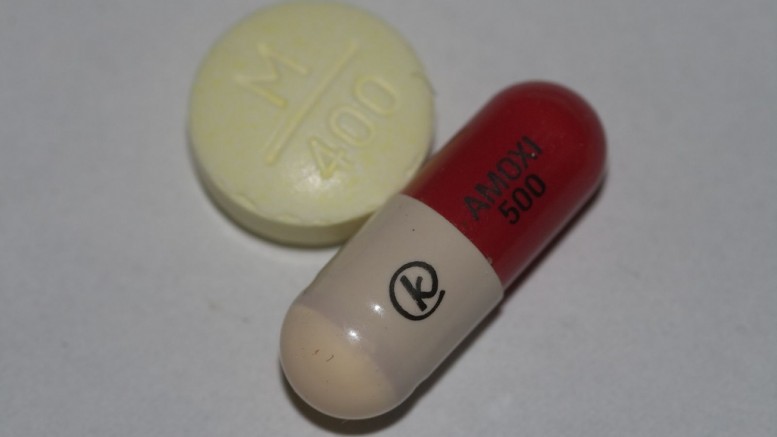Step therapy use is increasing steadily as it’s a strategy that should minimize risks for the patient while keeping therapies’ cost under control. Step therapy, in fact, starts by administering to the patient the safest and less expensive medication, progressing to riskier or expensive treatments only if the first one failed.
Commercial insurers are using step therapy to force people into taking older, less expensive drugs that are often associated with more side effects or lower safety profiles to save money. The overall reasoning is that older drugs are “safer” as they were already tested, and as their efficacy can be considered equivalent, insurance companies can still save billions without affecting patient’s chances of recovery. As the United States healthcare system costing something like $3 trillion, it seems this is a reasonable approach to cut down costs.
Contrary to belief, Step therapy does not save money, though. This kind of treatment approach may, in fact, be cheaper in the short term, but it is much more expensive in the long run. Insurers assume step therapy controls cost by cutting on immediate expenses, but several studies demonstrated that the use of older, less safe medication often ends in an increase in hospital admissions and emergency room visits. Also, you will incur higher health costs in later stages of your treatment, as a condition that is not adequately treated in its initial stages is doomed to worsen itself incurring higher costs later.
Step therapy poses a serious risk to your health, as older drugs are many times associated with serious or life-threatening risks that were eliminated by the newer, more technologically advanced drugs. This is particularly true for cancer chemotherapy, as cheaper drugs cause side effects that are often much more severe and debilitating, and that could even be the cause of new cancers to occur within 10 or more years from their assumption.
Also, effective treatment is delayed, as even if your doctors knows well what the best treatment option for your specific condition is, your health plan cannot provide it until you take all the other obligatory steps. Many drugs exacerbate symptoms and cause them to worsen, keeping many people from getting any effective treatment at all as their compliance (willingness to take the drugs) is significantly reduced, especially in elderly populations and psychiatric patients.
Step therapy can mean a delay in much-needed treatment that in several conditions may even endanger a patient’s life. Patients are often required by their plans to stay on a given medication for too long before making a switch, and the delay to use drugs originally prescribed can be very risky or harmful if patient’s condition is not promptly treated.
Many other countries employ pharmacoeconomic strategies that aim at reducing the overall burden of medications and drug usage, but the actual step therapy or “fail first” therapy as many call them, is just a monstrosity. Several European nations would consider this kind of approach as unethical, as it does more than just put a patient’s life to risk. It makes thoroughly clear that what really matters for insurance companies isn’t the safety or the quality of life of other human beings, but only the amount of money they can make every year.
Article by Claudio Butticè
REFERENCES
- Jason Millman. Here’s exactly how the United States spends $2.9 trillion on health care. The Washington Post, December 3, 2014.
- Blue Cross, Blue Shield, Blue Care Network. What is step therapy? Bcbsm.com (Accessed October 2015)
- Jessica S. Banthin, Peter Cunningham, and Didem M. Bernard “Financial Burden Of Health Care”, 2001–2004 Health Affairs, January/February 2008; 27(1): 188-195
- “Treatment-induced damage to the tumor microenvironment promotes prostate cancer therapy resistance through WNT16B”; Yu Sun, Judith Campisi, Celestia Higano, Tomasz M Beer, Peggy Porter, Ilsa Coleman, Lawrence True & Peter S. Nelson; NatureMedicine, Published online 05 August 2012; DOI:10.1038/nm.2890
- Cancer.net. Long-Term Side Effects of Cancer Treatment. 07/2015
- Daniel S. Budnitz, et al. Emergency Hospitalizations for Adverse Drug Events in Older Americans. N Engl J Med 2011; 365:2002-2012November 24, 2011DOI: 10.1056/NEJMsa1103053
- Adams, R., B. Smith, and R. Ruffin. “Factors Associated with Hospital Admissions and Repeat Emergency Department Visits for Adults with Asthma.” Thorax 55.7 (2000): 566–573. PMC. Web. 17 Mar. 2016.
- NIH – National Institute on Drug Abuse. DrugFacts: Drug-Related Hospital Emergency Room Visits. Revised May 2011
- The Columbus Dispatch. Step-therapy requirement puts health at risk. November 29, 2015
